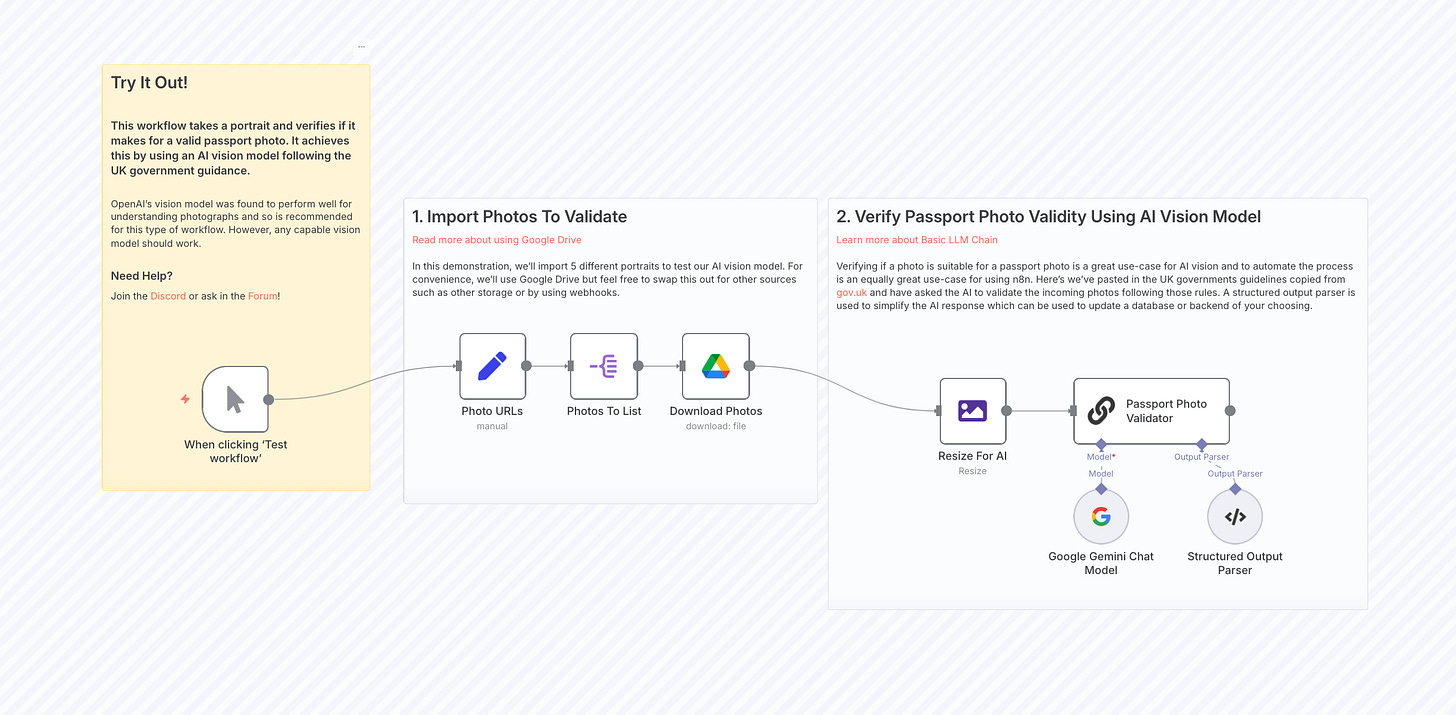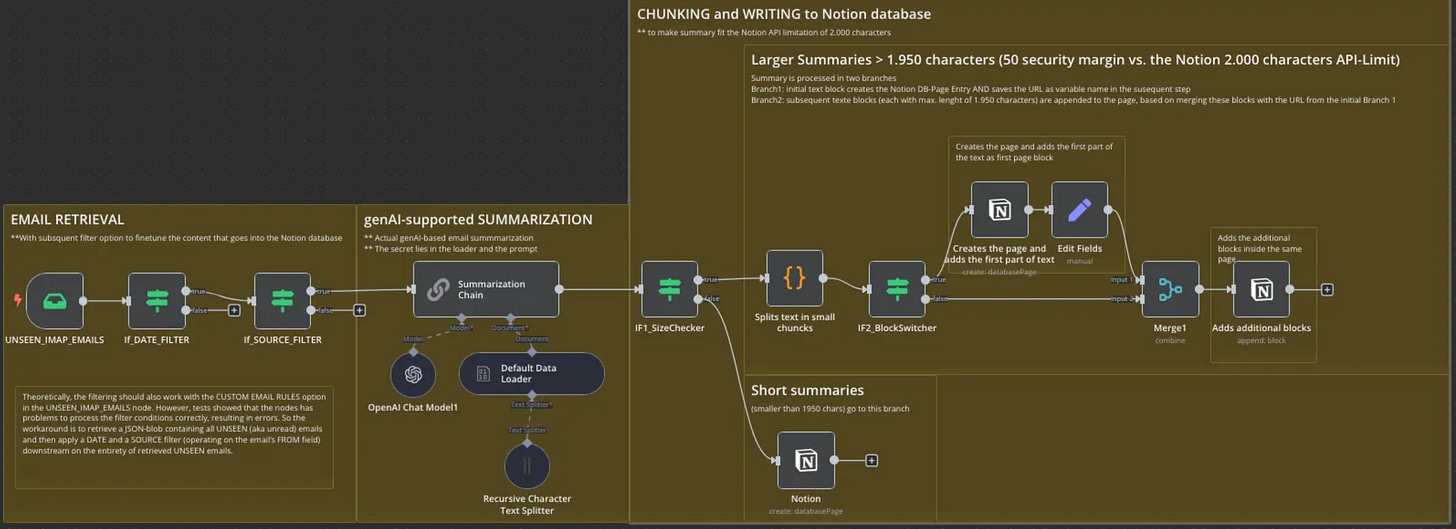The n8n Playbook for AI Apps and Agents
Builders Must Have Tool in 2025
You've probably heard about n8n everywhere by now. GitHub repos, Twitter threads, YouTube tutorials, etc. AI consultants and tech bloggers are all talking about it as the big automation tool and even some startups now describe their n8n automations not just as workflows, but as full-blown “AI Agents”. They’re building agentic workflows that learn, adapt, and make decisions on their own. But here's what most content misses: the gap between "this demo looks cool" and "this is actually running my business operations."
I've been researching workflow automation tools, and what struck me about n8n is how real companies are using it to solve actual problems. Not toy examples or proof-of-concepts, but production systems handling so many operations daily.
The Production Reality Gap
Most YouTube videos about AI automations follow a similar pattern: connecting two services, demonstrating a simple trigger-action flow, and labeling it as automation. But reality is different. It's messy. Data comes in weird formats, APIs fail and customers send edge cases you never planned for.
Think of it like the difference between a coding tutorial and maintaining a production codebase. The tutorial shows you how to build a todo app. Production shows you how to handle 10,000 concurrent users when your database decides to take a break! n8n's strength is actually handling this messiness at scale.
Now let me walk you through two real cases that helped me understand n8n
Enjoy Reading Creators’ AI? Stay Subscribed
Case Study 1: AI-Powered Passport Photo Validation System
Manual passport photo validation is time-consuming and error-prone. Organizations that process visa applications, passport renewals, or identity verification need to check hundreds of photos daily against specific government criteria. As we know, human reviewers are inconsistent and the process creates bottlenecks.
This n8n workflow uses multimodal LLMs with AI vision to check if user-submitted portraits meet the criteria for valid passport photos. This automates a task that would be difficult to code and demanding for humans to do at scale.
The workflow integrates several AI capabilities:
Computer vision for image analysis and quality assessment
Rule-based validation against UK government passport photo requirements
Structured output generation for integration with other systems
Batch processing for handling multiple submissions simultaneously
Here’s how the workflow uses AI and n8n effectively:
Image Processing Pipeline: Downloads photos from Google Drive, resizes them for optimal AI processing, and prepares them for analysis
AI Analysis: Uses Google Gemini's multimodal capabilities to analyze images against detailed government criteria
Structured Output: Formats AI responses into consistent JSON schema for downstream processing
Quality Validation: Checks for technical requirements (resolution, file size, background color) and compliance requirements (facial expression, positioning, accessories)
This use case highlights how n8n acts as the central logic layer and not just passing data between services, but managing a structured, multi-step automation. It handles everything from file monitoring and preprocessing, to calling Google Gemini for multimodal analysis, to applying rule-based validation logic using its built-in nodes. This shows how n8n can coordinate AI services, implement validation workflows, and maintain data consistency, all without writing custom code.
Check out the template of this workflow here
Case Study 2: AI-Powered Newsletter Intelligence System
This case study perfectly demonstrates n8n's evolution from simple automation to intelligent workflow orchestration. Developer Syrom built a comprehensive newsletter processing system that showcases both AI integration and complex production challenges.
The problem their business faced was information overload from multiple AI newsletters. Sound familiar? If you’re subscribed to more than two, you probably feel it too. Reading, analyzing, and organizing insights from dozens of newsletters was consuming hours weekly with no systematic way to retrieve information later.
The solution was an automated system that processes newsletters, generates intelligent summaries, and stores them in a searchable Notion database with proper metadata and formatting.
This solution isn't just "read email, save to database." The workflow handles multiple challenging requirements:
Email filtering and validation
AI-powered summarization with specific formatting rules
Notion's 2000-character API limitation requiring text chunking
Metadata preservation across processing steps
Error handling for various data formats and edge cases
What makes this case study valuable is how it demonstrates real production thinking. Syrom solved actual technical constraints that anyone implementing similar workflows would encounter.
Step-by-Step Tutorial: The Newsletter Intelligence System
Now let me show you exactly how Syrom's AI newsletter system works. This workflow demonstrates advanced n8n patterns you'll need for complex automation projects.





